When I told friends and family I was going to Nicaragua with All Souls Village Banking, the first question was “why?”
When the opportunity to travel to Nicaragua and meet the women entrepreneurs who benefit from All Souls Village Banking program, I jumped on it. I wanted to see another way of life, and to learn about a different culture by being there. Spending one week in the Chacraseca region barely gave me the flavor for the area, but it did instill a desire to go back to Central America. I want others to know about Chacraseca and the impact JustHope and All Souls has in working in partnership with residents.
To state my purpose of traveling to Nicaragua in one sentence is difficult. I’ve broken down the “Why” behind my reasoning into the following projects, Village Banking and Green Stoves.
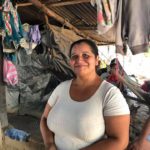 All Souls Village Banking
All Souls Village Banking
I have always been interested in the All Souls Village banking program since I first learned of Betty Morrow, the founder of All Souls microcredit efforts, but never had a chance to be engaged. I wanted to learn more about how the microcredit program and the work of JustHope and All Souls is impacting women in Chacraseca. But, I’ve learned that Village Banking is just the beginning to the influence and reach our partnership with JustHope has on this community.
Green Stoves = Problem solved
“Green Stoves? What’s that?”
Cooking is a continuous process in rural Nicaraguan homes and a central component of life and culture. From morning through dinner, fires are burning for tortilla-making, coffee, rice and beans, and pots of chicken stew.
People in Chacraseca cook with wood, and the smoke is a respiratory irritant. Especially when the wood burning stove is inside a small, non-ventilated area.
The problem:
Wood—tree limbs and branches—are stacked up next to the stove, and are fed into the fire all day. Open fires can cause lung disease but the amount of wood being used across the country also creates economic and ecological problems because it contributes to deforestation. The cost of firewood can be up to a quarter of daily living expenses, a large percentage of the household budget.
The solution:
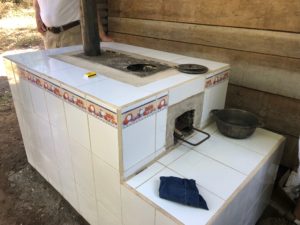 A Green Stove is more fuel efficient and can reduce firewood consumption by 50 percent, relieving pressure on the family budget which includes bills, school supplies and uniforms, food, and other living expenses. The Green Stove was designed by an Austrian who now lives in Nicaragua. I couldn’t capture all the details of the story behind this due to my inadequate Spanish, regardless with the help of our translator. (Spanish and communications skills is one thing I will have a better handle on when I return to Nicaragua in the next year or two.)
A Green Stove is more fuel efficient and can reduce firewood consumption by 50 percent, relieving pressure on the family budget which includes bills, school supplies and uniforms, food, and other living expenses. The Green Stove was designed by an Austrian who now lives in Nicaragua. I couldn’t capture all the details of the story behind this due to my inadequate Spanish, regardless with the help of our translator. (Spanish and communications skills is one thing I will have a better handle on when I return to Nicaragua in the next year or two.)
During our time in Chacraseca, we installed Green Stoves for two families.
The project was more complicated than I expected. A Green Stove engineer teaches the construction technique to Nicaraguans who are already skilled in construction, including our own jefe, the leader on our projects. Our jefe showed us how to dig out the area for the base, sift the sand, mix the mortar, and fill in the gaps between the red clay bricks. Once the base and walls of the stove were built, the jefe directed the placement of the stove insert. Once in place, the crew began to fill about one-quarter of the stove base around the insert with sand.
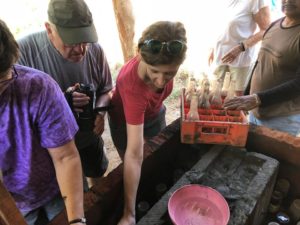 Glass bottles came next, to provide some insulation and stabilize the temperature. More sand was poured in to cover the bottles, followed by a second layer of bottles and more dirt. The sides and top of the stove are covered in mortar, leaving space for the cooktop and the hole for the smokestack. For a more aesthetically pleasing look, the stove may be covered in ceramic tiles. A hole is cut into the roof and the smokestack is installed. And then, it’s ready for a demonstration! The entire process took about one to one and a half work days.
Glass bottles came next, to provide some insulation and stabilize the temperature. More sand was poured in to cover the bottles, followed by a second layer of bottles and more dirt. The sides and top of the stove are covered in mortar, leaving space for the cooktop and the hole for the smokestack. For a more aesthetically pleasing look, the stove may be covered in ceramic tiles. A hole is cut into the roof and the smokestack is installed. And then, it’s ready for a demonstration! The entire process took about one to one and a half work days.
The jefe on our two projects has built more than 240 Green Stoves. Donors provide the materials and compensation for the jefe, and residents and their family members or friends—or volunteers like our group of

ten—provide the labor.
I didn’t know it when I left Tulsa, but building these stoves and creating a better living situation for these families, is exactly
why I took the opportunity to travel to Nicaragua with All Souls.
Upon completing our first stove, we took photos with the family and said our farewells as we headed off to our next Nicaraguan experience. Each Green Stove, from materials to the jefe’s compensation, is $400. Both of which were funded by a grant provided to the All Souls’ Green Team.
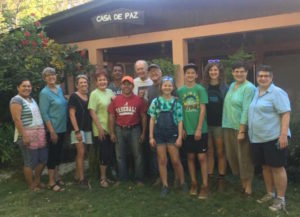
Read more about Kim’s decision to travel to Nicaragua in her post, Chacraseca: Raising Nicaraguan Families Out of Poverty, and more about her experience in her post, On the Ground in Chacraseca.
Want to make a difference in the world? Sign up for Sienna Project 2019
Trip dates: January 27 through February 3, 2019 | Details and to register: email ddrusher@att.net
Build schools in the Guatemalan highlands where schools are desperately needed. The Sienna Project is a living memorial to the Lavanhar’s late daughter, Sienna. The Sienna Project is planning their 2019 trip now! Read more from the 2017 trip written by Rev. Marlin Lavanhar on beyondbelief.online.

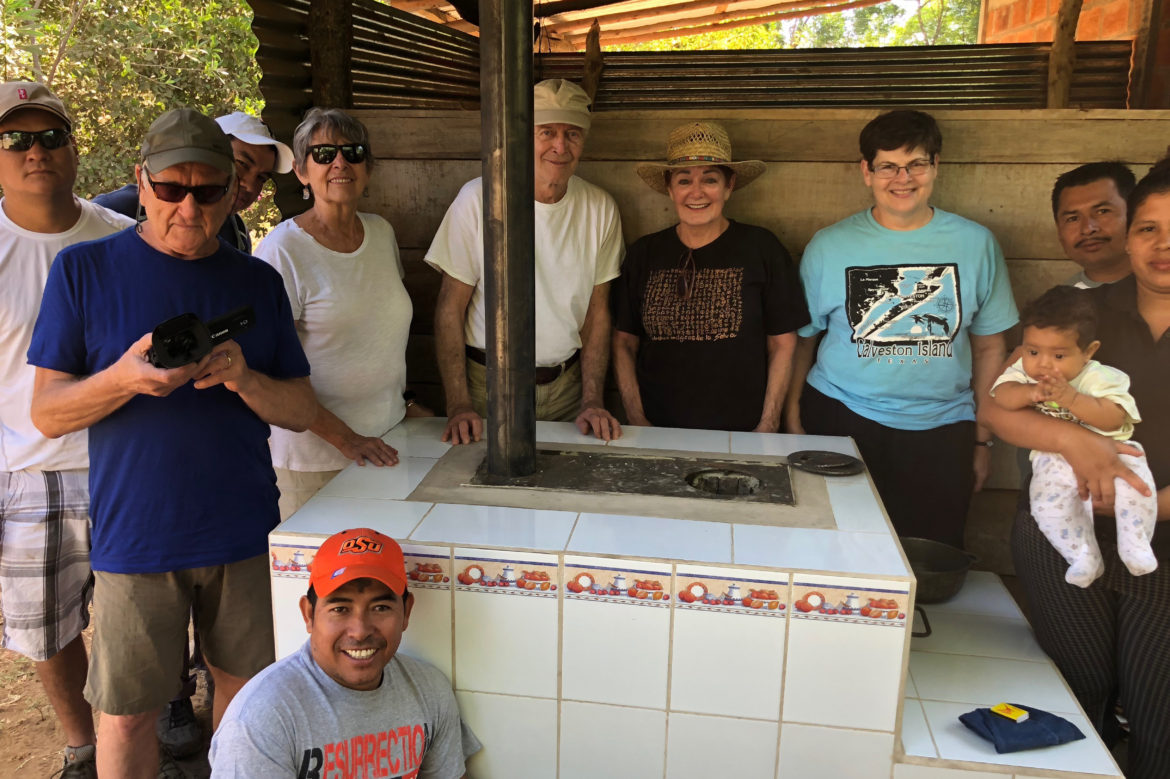
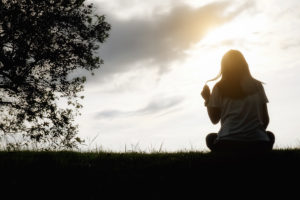
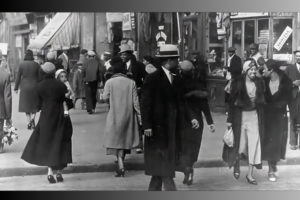

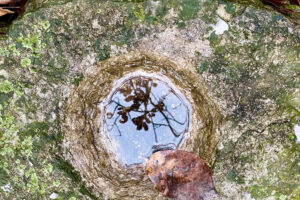




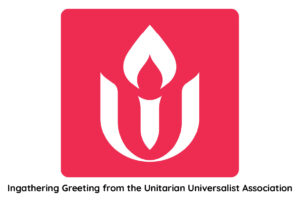

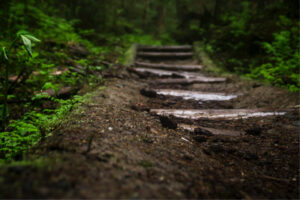



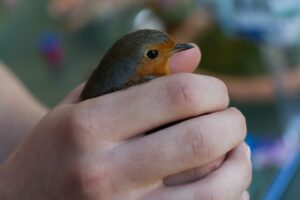


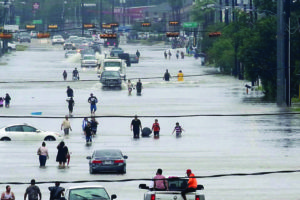




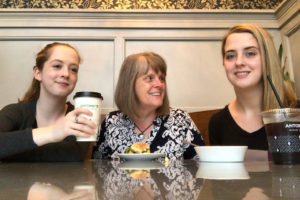
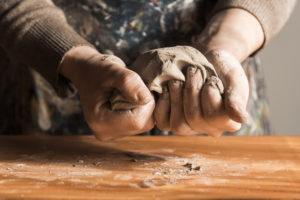


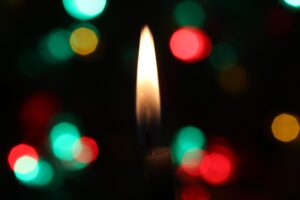

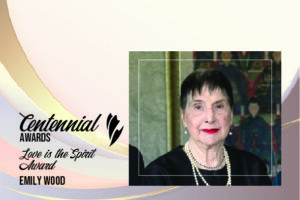




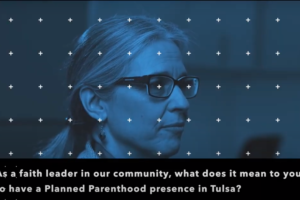

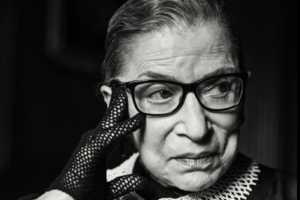



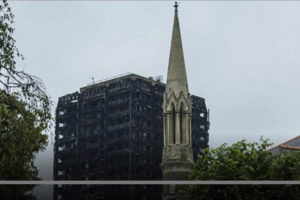


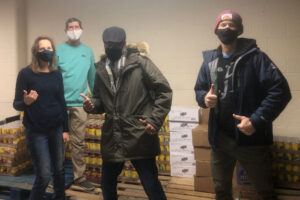


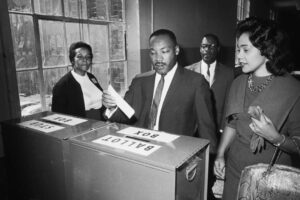
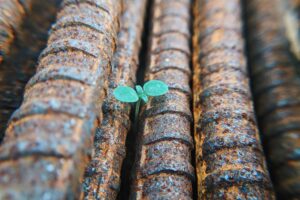



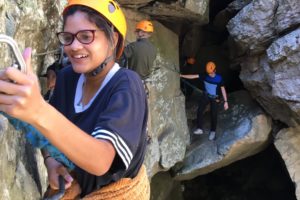

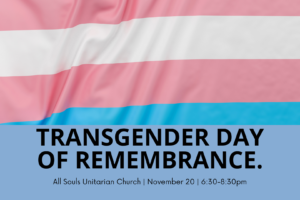
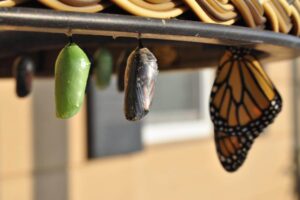









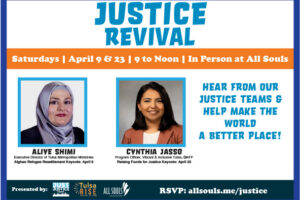
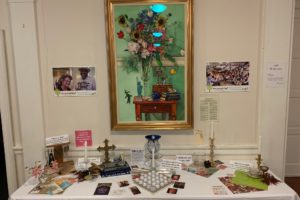





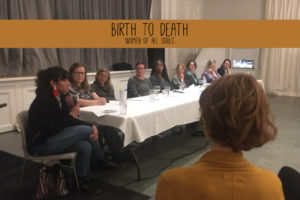

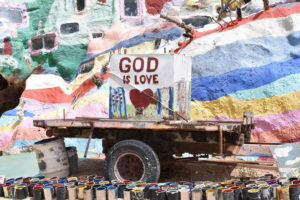





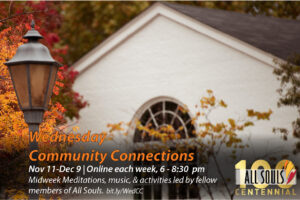


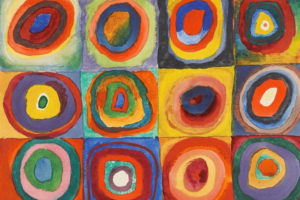







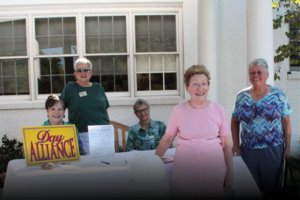




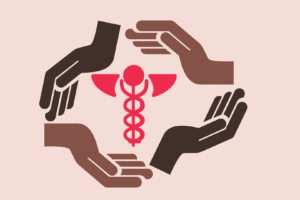

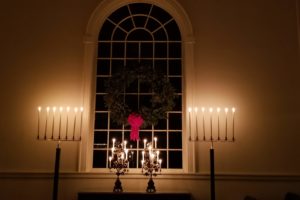


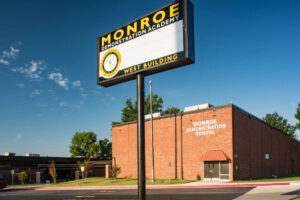
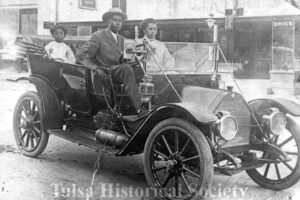


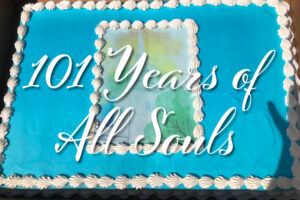

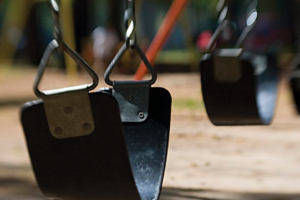



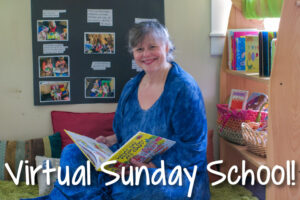





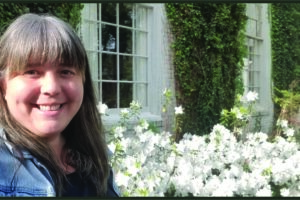







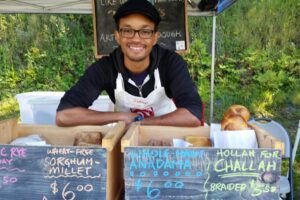





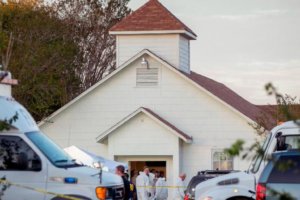
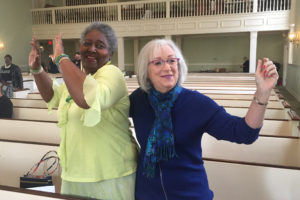


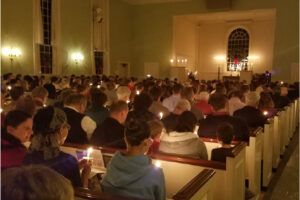








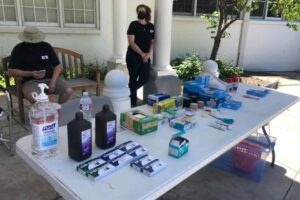

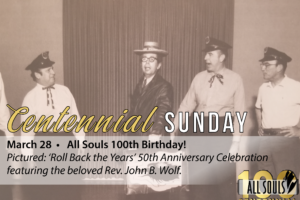
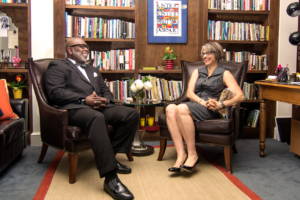
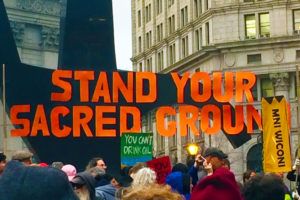

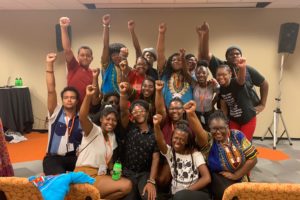



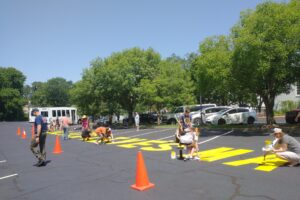
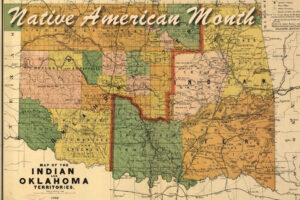
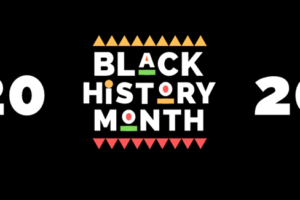


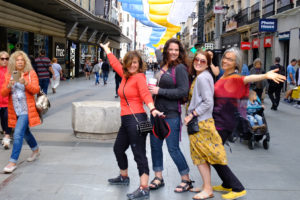



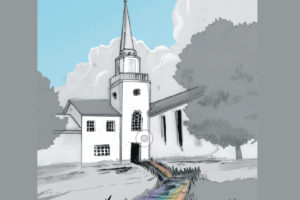

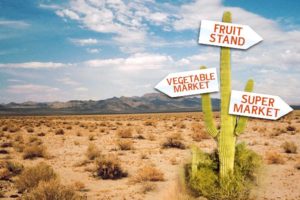
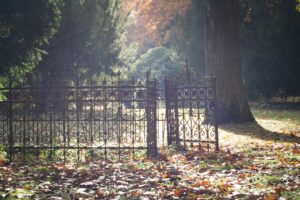


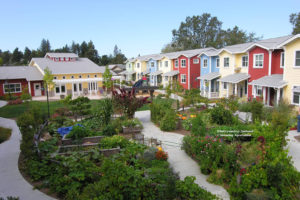

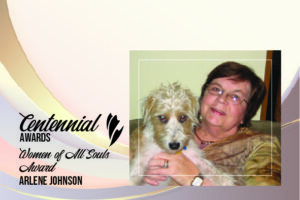


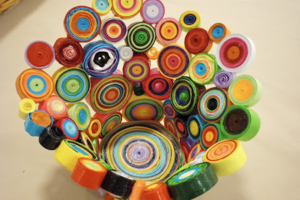


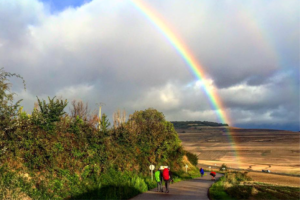




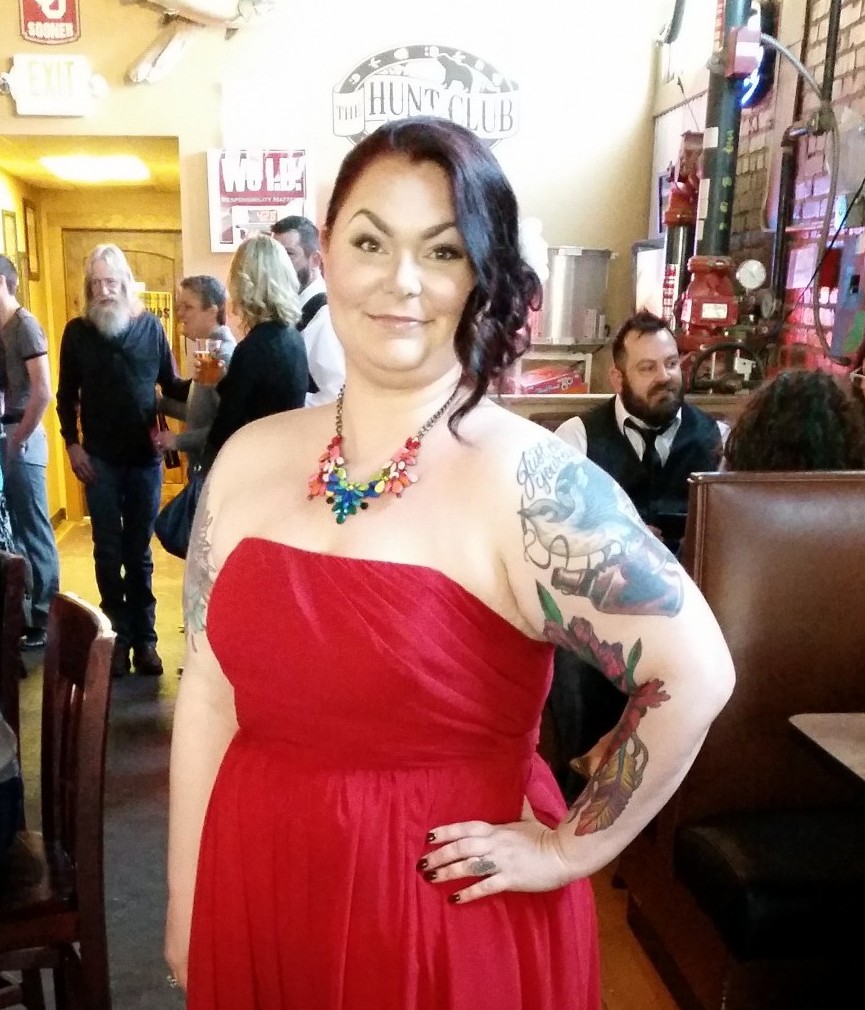

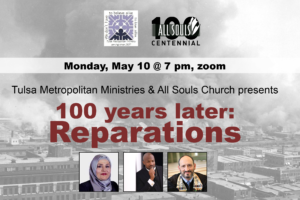

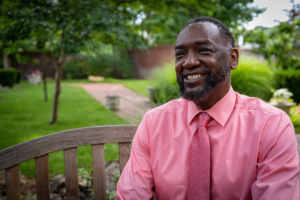











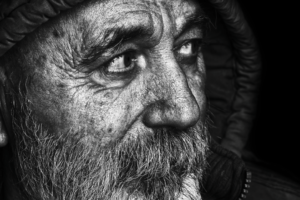









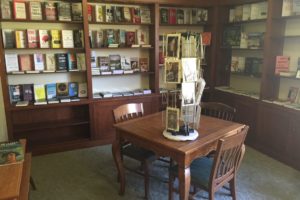

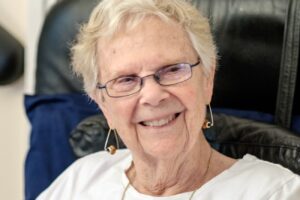




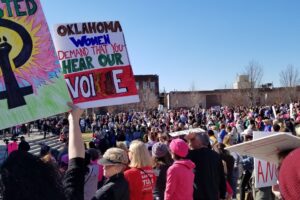



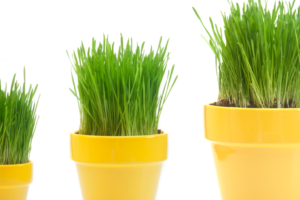

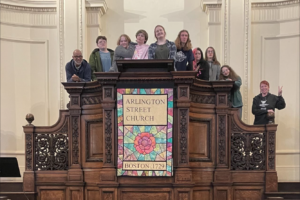
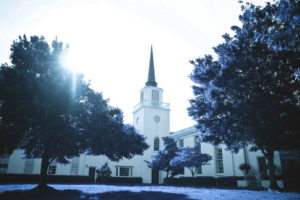



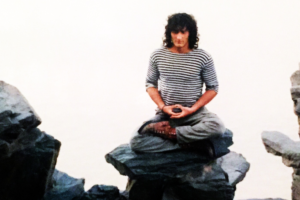




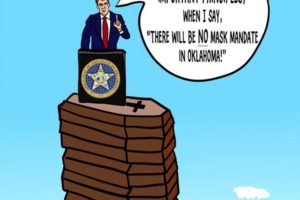
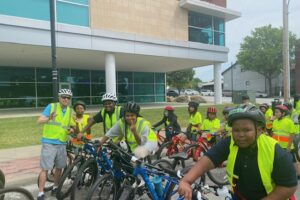


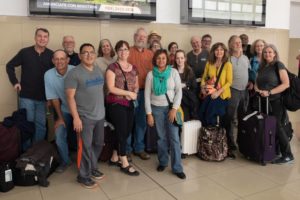





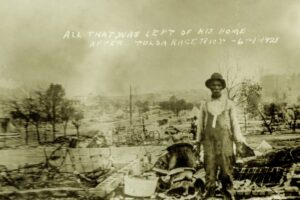



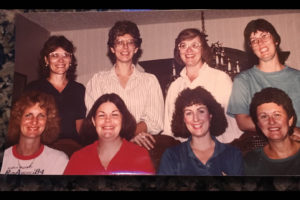


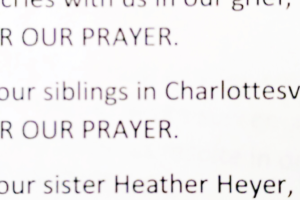


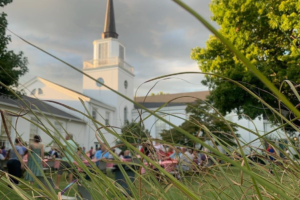
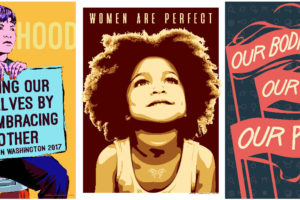

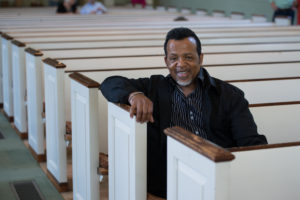

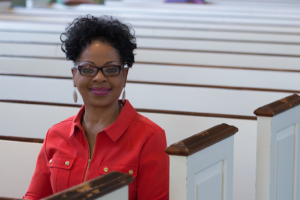
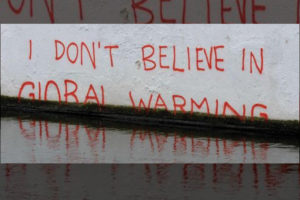



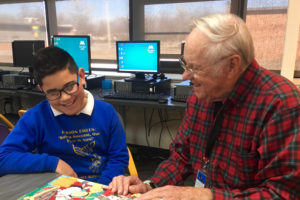














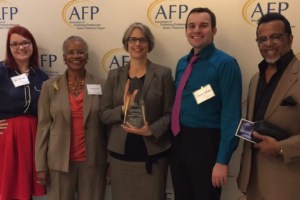





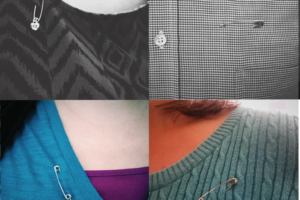




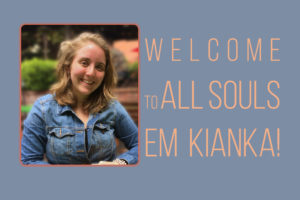



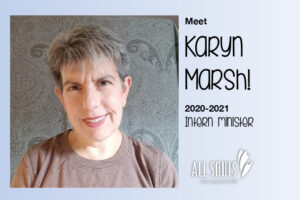





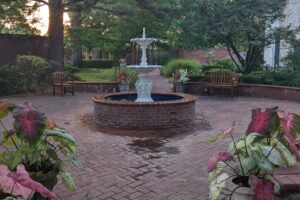




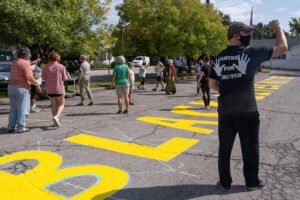
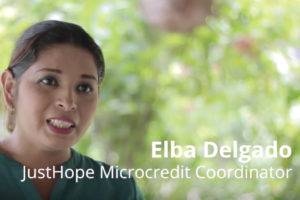
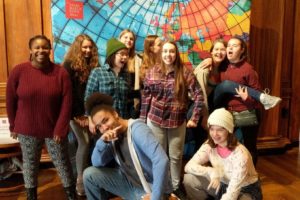

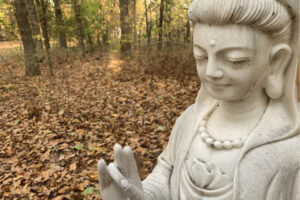
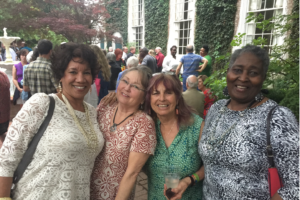
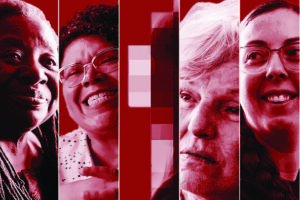

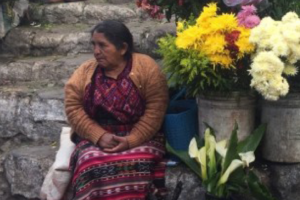


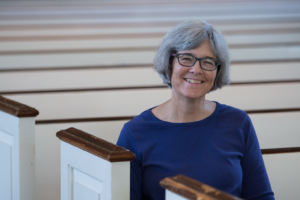


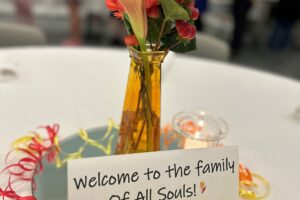


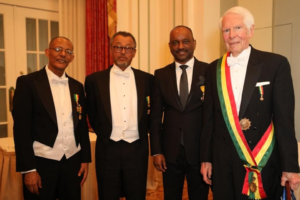


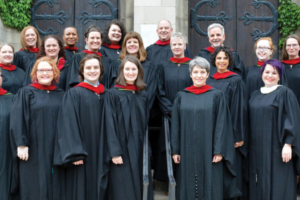

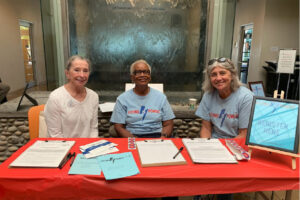

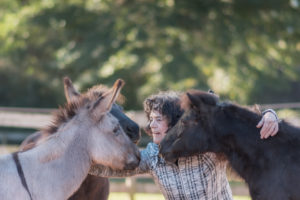

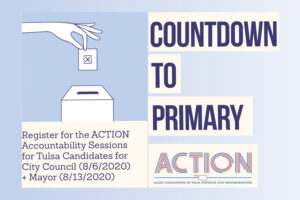

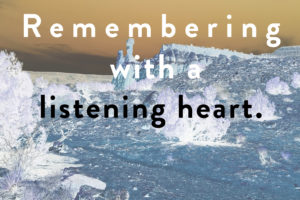


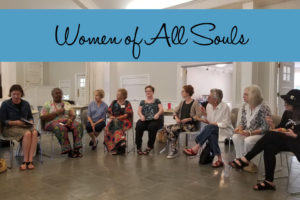

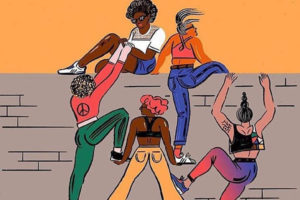
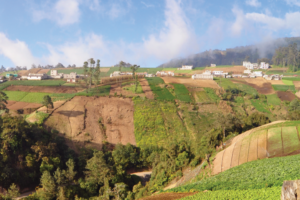
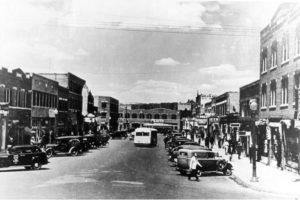
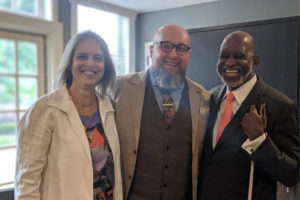



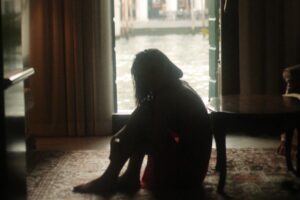
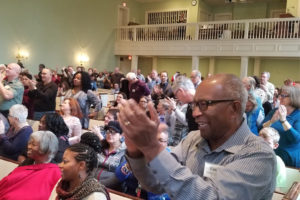
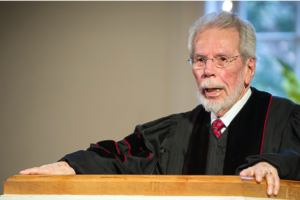



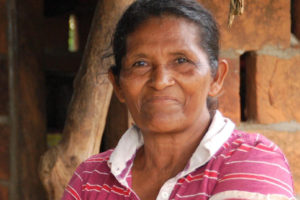




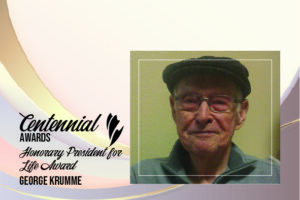



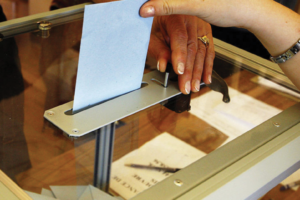
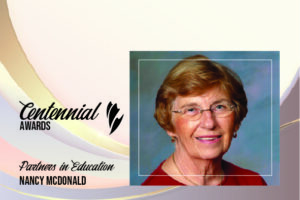
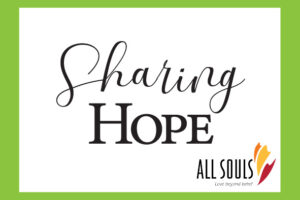


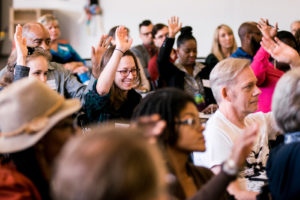





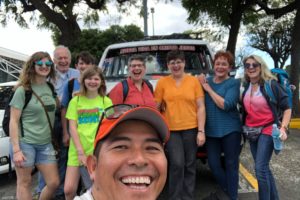
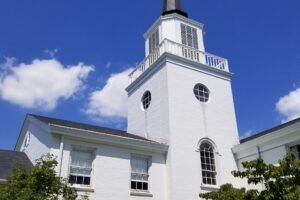


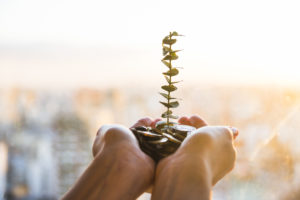


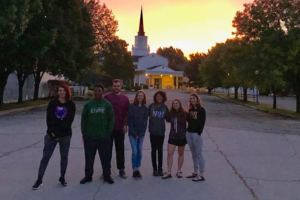

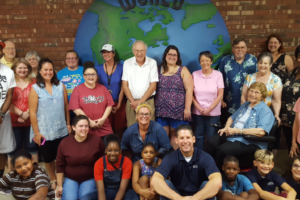




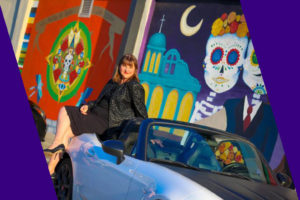






1 Comments
[…] Read more about All Souls Justice Team’s generosity outside of the US, from building schools in Guatemala to building green stoves and micro-lending in Nicaragua. […]